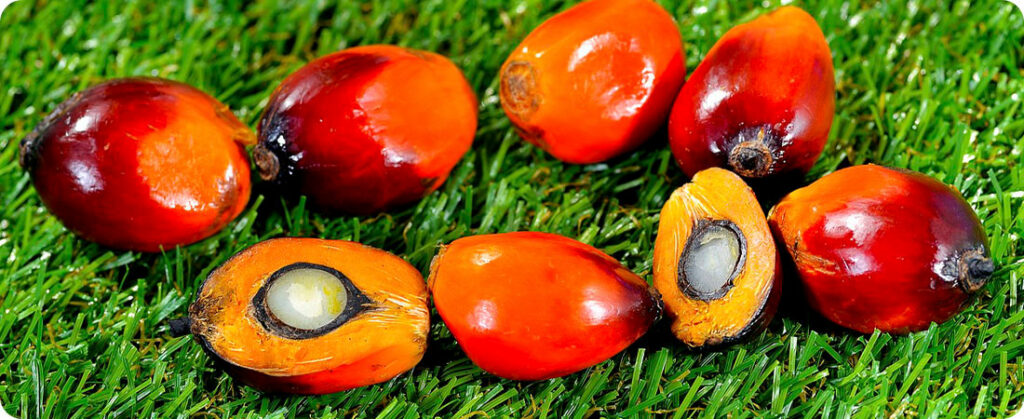
The United States Department of Agriculture (USDA) has revised downward its projections for crop production. Palm oil in Indonesia in 2023/24, setting it at 45.8 million tons, due to lower productivity resulting from the drought caused by El Niño.
The USDA Indonesia: Oilseeds and Products Update report indicated that rainfall between June and November 2023 in several palm oil-producing regions of Indonesia was below average, with Riau and Central Kalimantan – the main production areas – recording below-average rainfall. average for four consecutive months during this period.
Moderate-intensity El Niño weather patterns are expected to persist until February 2024, according to forecasts from Indonesia's local meteorological agency (BMKG).
El Niño weather patterns in Indonesia
The December 4 report from the USDA Foreign Agricultural Service indicated that in early November the rainy season was expected to begin in 20% of the Indonesian area. This includes North Sumatera, Riau, South Sumatera and most of West Sumatera.
According to BMKG forecasts, the start of the rainy season will gradually alleviate the effects of the prolonged drought caused by El Niño.
The USDA also revised down its estimates for Indonesia's palm oil use in the industrial sector to 11.6 million tons in 2022/23, due to slower than expected consumption in the biodiesel sector.
The Indonesian Biodiesel Producers Association (APROBI) has released data on biodiesel consumption. In the period from January to September 2023, the total reached 8.8 billion liters. This amount represents 67% of the annual allocation established by the government.
The USDA predicts an increase in demand for biodiesel. This will boost industrial use of palm oil in 2023/24 to 12.4 million tonnes. Projected growth in diesel consumption in the transportation sector is one factor. Furthermore, the government policy of maintaining a blend rate of 35% will also contribute to this increase.
The USDA forecasts a 5% increase in domestic palm oil consumption in 2023/24, reaching 19.6 million tonnes, along with 6.9 million tonnes in the food sector.
Economic growth projections in Indonesia boost demand for palm oil
Based on forecasts of modest economic growth in Indonesia in 2024, the USDA expects increased demand for palm oil. This will be reflected in the food processing industry and among households, especially for the use of cooking oil.
Previously, based on final trade data for 2022/23, Indonesia's palm oil exports exceeded 28 million tons. This represents a significant increase of 26% from the previous year's 22.3 million tonnes.
However, growing demand from China, India and Pakistan has boosted Indonesian palm oil exports in 2022/23. The total reached 4.7 million tons, driven by a price reduction of 33% compared to the previous year. This, in turn, has positively impacted Indonesia's share of the international palm oil market.
Palm oil shipments to the US reached 1.6 million tonnes in 2022/23.
However, in 2023/24, Chinese demand for palm oil is projected to be stable. This is due to increased domestic supply of vegetable oil and increased crushing of oilseeds.
Palm oil consumption in China is mainly driven by instant noodle production, household use and food services. These sectors are highlighted in the report.
Indian palm oil imports in 2023/24 are expected to increase, driven by competitive pricing compared to other edible oils.
Source: Oils & Fats International












